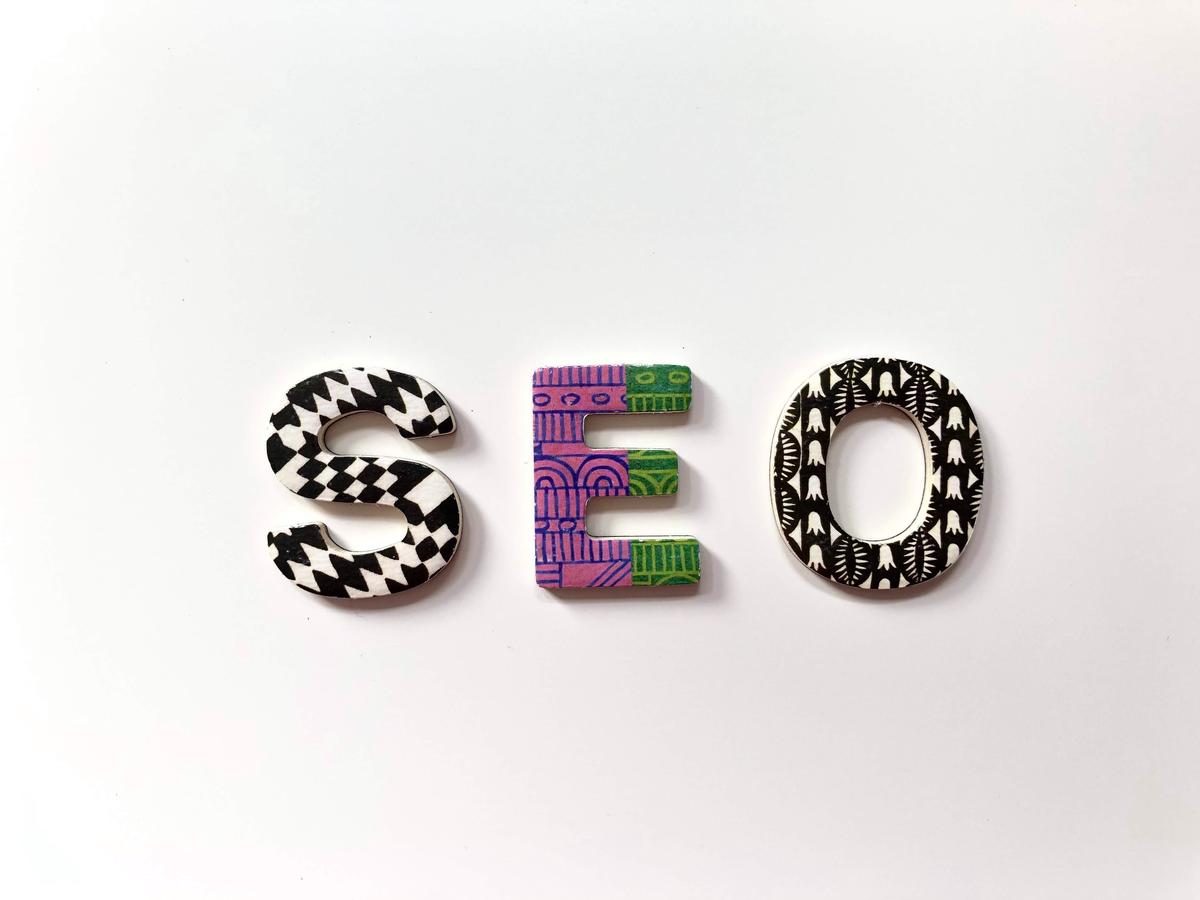Welcome! In a digital landscape where visibility is paramount, it’s important to understand the basics of Search Engine Optimization (SEO) and how it can significantly upgrade your website’s performance. This text aims to break down SEO into its most crucial components – key aspects like understanding fundamental SEO principles, the relationship between your website’s structure and SEO, creating SEO-centric content, and mastering off-page SEO. This text is designed to simplify SEO for you, enable you to make smarter decisions about your online presence, and ultimately help you draw more traffic to your website.
Understanding SEO basics
Understanding SEO Basics
Search Engine Optimization (SEO) is a critical factor in improving a website’s visibility to search engines. SEO employs a variety of techniques to optimize web content, making it easily searchable, and consequently, more accessible to internet users.
Keyword Implementation
Keywords are terms or phrases users input into search engines when looking for specific content. Utilizing relevant keywords for your website content is essential for SEO. Identify keywords in your niche that have high search volumes and strategically place them within your content. Such placement boosts your website’s ranking in search engine results. However, avoid keyword stuffing, as it can negatively impact your SEO efforts.
Meta Description Importance
A meta description is a brief summary of the content on your webpage that appears below the page title in SERPs. Although search engines do not consider meta descriptions as direct ranking factors, they influence Click-Through Rates (CTR). Include relevant keywords in your meta description. A convincing and keyword-rich meta description can directly persuade users to click on your link, thus improving your website’s traffic.
Title Tag Optimization
A title tag is an HTML element that specifies the title of a web page. This title is displayed on SERPs and is a direct ranking factor in SEO. It should be concise, unique, and accurately describe what content the user can expect on the webpage. Including a targeted keyword in your title tag can substantially improve your page’s ranking on SERPs.
Search Engine Results Pages
Search Engine Results Pages (SERPs) are the pages displayed by search engines in response to a user’s search query. The higher a website appears on SERPs, the more likely it is to garner traffic. SEO focuses on various tactics to ensure that a website appears as high as possible on SERPs. Understanding how SERPs work, including paid vs. organic listings, can help you better craft your SEO strategies.
Understanding SEO Tools
There are numerous SEO tools available that can aid in identifying the most effective keywords, track your website’s ranking on SERPs, analyze the effectiveness of your meta descriptions and title tags, and provide actionable insights on how to improve your website’s SEO score. Examples include Google Analytics, SEMRush, and Ahrefs. Learn to use SEO tools to measure and adjust your efforts continually effectively.

Photo by nisoncoprseo on Unsplash
Website structure and SEO
Website Structure and Its Impact on SEO
The website’s structure plays an integral role in SEO, influencing how search engines recognize and interpret your site’s content. A clean, logically organized structure allows search engines to crawl and index your site more efficiently, which improves your visibility and ranking.
A well-structured website also enhances user experience. Visitors should easily navigate your site and quickly find the information they need. If visitors struggle to navigate or find content on your site, they may leave, increasing your bounce rate, which negatively impacts your SEO.
Importance of Clean and Simple Structure
Search engines favor websites with straightforward, clear structures, where every page is accessible within a few clicks from the homepage. This makes it easier for search engines to crawl your site and for users to navigate. A clean structure also helps search engines understand your site’s hierarchy and the relationships between your pages, making it easier for them to index your site appropriately.
File and URL Paths
File and URL paths are another critical aspect of SEO. A clear, descriptive URL helps both search engines and users understand a page’s content. The URL should include keywords relevant to the page’s content.
For example, a URL like www.yourwebsite.com/blog/seo-guide is more informative and user-friendly compared to www.yourwebsite.com/page123. This not only enhances user experience but also improves your SEO because search engines can index your pages more accurately based on URLs.
Creating an SEO-Friendly Sitemap
A sitemap is a file that provides information about the pages, videos, and other files on your website, and the relationships between them. Search engines like Google read this file to understand your site’s content more intelligently.
Here are steps for creating an SEO-friendly sitemap:
- List all your website URLs: Start by creating a list of all your site’s URLs.
- Prioritize your URLs: Order your URLs based on their importance. Your homepage, for instance, might be at the top of the hierarchy, followed by your about page, your product pages, and so forth.
- Create your sitemap: Use a sitemap generator tool. There are many free options available.
- Submit your sitemap to Google: Use Google Search Console to submit your sitemap to Google so it can be crawled and indexed.
- Update your sitemap: If you add or remove pages on your site, update your sitemap, and resubmit to Google Search Console.
Remember, a well-planned and optimized website structure is a vital part of SEO and can greatly enhance your website’s visibility and rank in search engine results.

Creating SEO content
Keyword Research Essentials
Keyword research is the first step in optimizing your content for search engines. It involves identifying popular words and phrases that people enter into search engines in an attempt to find content like yours. To do this, use tools such as Google Keyword Planner, SEMRush, or Moz Keyword Explorer. Enter key terms that are relevant to your business or industry and these tools will provide a list of related keywords along with data on how often they are searched.
Efficient Keyword Usage
Once you have identified relevant keywords through your research, incorporate them into your content. Remember to use them naturally. Forcing them into the text can make for difficult reading and may even cause search engines to penalize your website. Aim to include the keywords in your headings, subheadings, meta descriptions, image file names, and throughout the main body of content.
Optimized Title Tags and Meta descriptions
Title tags are important as they are the first thing a user sees in search engine results. They should accurately reflect the content of the page and include the main keyword. Similarly, meta descriptions should provide a concise summary of the page’s content and include relevant keywords. However, be careful not to over-optimize by stuffing too many keywords into the title or description, as this can result in penalties from search engines.
SEO-Friendly URL Structure
Ensure that your URLs are SEO-friendly by keeping them short, descriptive and include keywords when relevant. Avoid using any unnecessary characters. This makes it easier for search engines to crawl your page and for users to understand what the page is about from the URL alone.
Inclusion of Internal and External Links in Content
Linking to other relevant content on your website (internal links) helps search engines understand the structure of your site and can improve its ranking. On the other hand, external links can improve the credibility and quality of your content. It might seem counterproductive to link to external sources, but if those sources provide additional valuable information to your readers, search engines view this favorably.
Alt Tags for Images
Add alternative (alt) text to the images on your website. This text acts as a description for the image, helps search engines understand what the image is about, and improves the accessibility of your website for users with visual impairments. Including relevant keywords in the alt text can also contribute to your page’s SEO.
By grasping these fundamental SEO elements, you can start to develop content that is both appealing to readers and optimized for search engines.

Implementing off-page SEO
Understanding Off-Page SEO
Off-page SEO involves all the activities you or others do away from your website to raise the ranking of a page with search engines. Although many people associate off-page SEO with link building, it goes beyond that. Many activities that don’t result in a standard link on other sites are essential for off-page optimization. On-page search engine optimization happens within the site, while off-page SEO happens outside the site. If you write a guest post for another blog or leave a comment, you’re doing off-page site promotion.
What Are Backlinks and Why Are They Important?
Backlinks are links from one website to a page on another website. Google and other major search engines consider backlinks “votes” for a specific page, and pages with a high number of backlinks tend to have high organic search engine rankings. The relevance and authority of the linking sites all play a role in how search engines view these backlinks.
How to Get Backlinks
Logically you need backlinks from sites with a high domain authority and relevance to your business. There are plenty of ways to build backlinks. Here are a few strategies:
- Write great content and start guest posting on other blogs. It’s one of the best ways to build high quality backlinks
- Use your social media profiles. While the links are no-follow, they still count for something. Plus, they help you boost your online presence and lead traffic to your site.
- Comment on relevant blogs and forums. You can leave your link in your comments.
Impact of Social Media on SEO
Although social media is not a direct Google ranking factor, it is one of the best ways to promote content and be found online, which is, indirectly, greatly beneficial to SEO. Social media can help in an indirect way, such as driving traffic to your website, getting your content noticed and then your content can get linked to, thus improving your ranking.
Understanding Local SEO
Local SEO is the process of optimizing your online presence to attract more business from relevant local searches on Google and other search engines. With local SEO, you can ensure your business is found when people nearby are searching for your product or service. Google My Business and customer reviews are just two of the channels that add to local SEO.

Now, armed with knowledge about the world of SEO, you stand ready to infuse these elements into your web development process. With a firm understanding of SEO principles, recognition of how your website’s structure can optimally benefit SEO, newfound proficiency in creating content rich in SEO, and comprehension of the importance of off-page SEO, you’re positioned to make a significant impact. Remember, mastering SEO requires time, patience, and constant fine-tuning. Every step forward towards optimization is a step closer to a more visible, engaging, and successful website.
